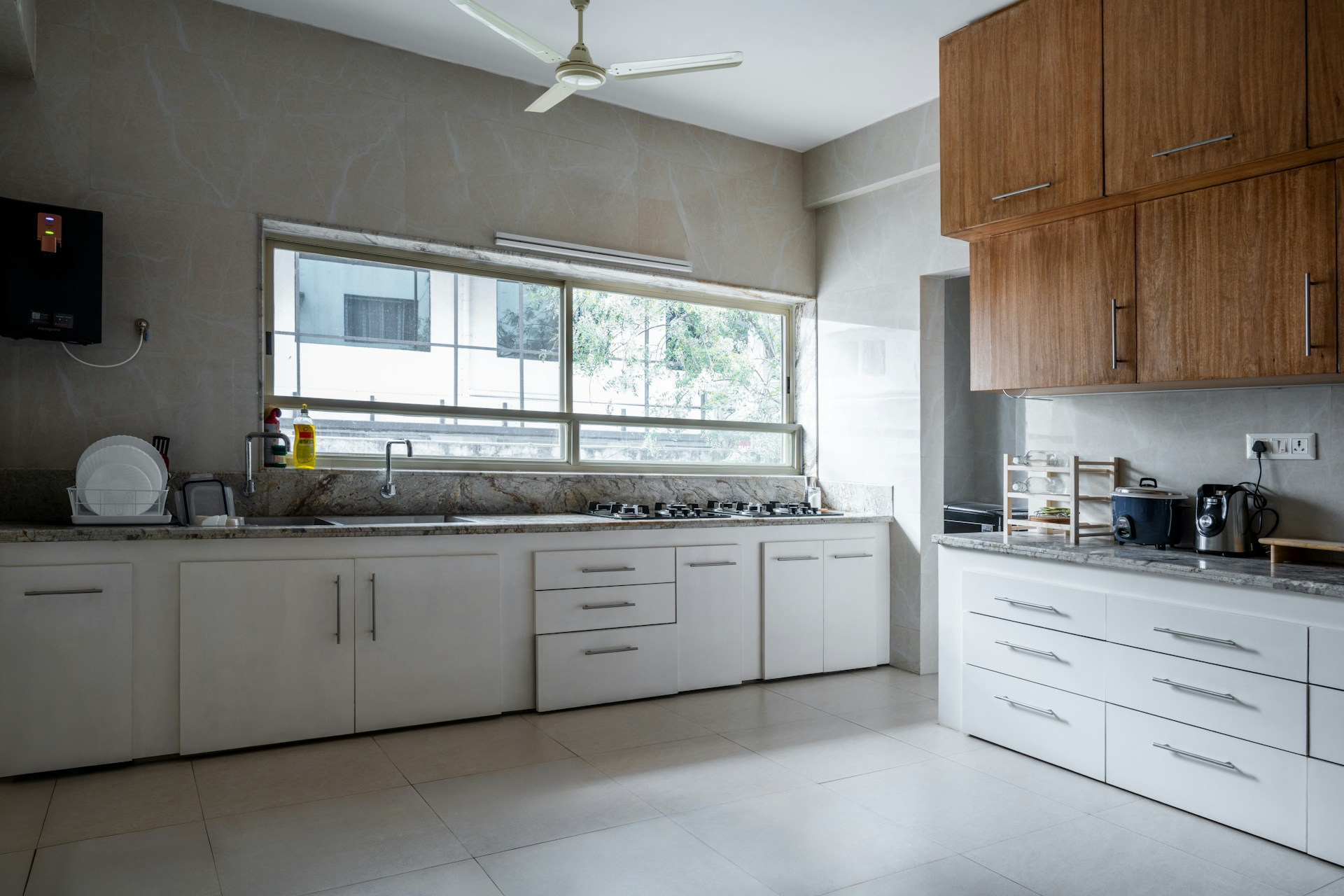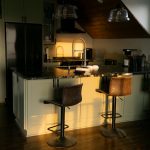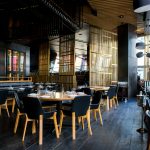In the realm of restaurant design and decor, the power of color is often underestimated. However, recent studies suggest that the color of a restaurant’s walls can have a significant impact on customers’ dining experience, influencing their feelings of hunger and satisfaction. In this comprehensive article, guided by scholarly research and expert opinion, we aim to explore these intriguing effects of color on the human psyche, particularly in a culinary context. This article will provide you with insights into how color can be utilized to enhance the dining experience, potentially leading to increased customer satisfaction and business success.
The Science Behind Color and Mood
You might be surprised to learn that there is a strong scientific basis for the influence of color on our emotions and behavior. Studies carried out by esteemed scholars have shed light on this fascinating subject, revealing that our responses to color are deeply ingrained in our biology and evolution.
Also read : How can you effectively implement a slimming tea and coffee station in your kitchen?
Colors are perceived through the retinas in our eyes, which send signals to the brain’s hypothalamus. This part of our brain has a significant role in regulating our hormones and emotional responses. As a result, the colors we see can trigger various psychological and physiological responses, from calming or stimulating effects to increased appetite or satisfaction.
In the context of a restaurant, these responses can have substantial implications. For instance, a study published in the Journal of the Association for Consumer Research found that diners in a blue-lit environment were 15% more likely to choose healthier foods than those in a red-lit environment.
Also to see : What specific type of seating is best for a kitchen where mindful eating is encouraged?
The Impact of Green on Dining Experience
Green, often associated with nature, health, and freshness, is believed to influence our food choices and overall dining experience. Scholars have found that green surroundings can encourage healthier food choices due to its associations with freshness, vitality, and well-being.
In a study conducted by Cornell University, researchers found that participants consumed more vegetables when they were served in a green room, compared to other colors. This effect could be beneficial for restaurants focusing on healthy, organic, or sustainable foods, as the green surroundings would reinforce the brand’s values and encourage healthier food choices.
Moreover, green color has also been found to enhance the perception of the restaurant’s service. In another study, researchers from the University of Nevada found that diners in a green environment rated the restaurant’s service better than those in a red environment.
Red and Yellow: The Appetite Stimulators
If you’ve ever wondered why fast-food giants like McDonald’s and KFC opt for red and yellow in their branding, the answer lies in the psychological influence of these colors. Red is an intense, high-energy color that stimulates our senses, including our appetite. Similarly, yellow, being a cheerful, inviting color, is also known to stimulate hunger.
Google the names of some popular restaurants, and you’ll find that most of them are painted in yellow or red hues. According to a Crossref cited study, these colors are more likely to make you hungry, increasing your food intake.
Not only do these colors stimulate hunger, but they also create a sense of urgency. This is why many fast-food restaurants, where quick service is paramount, utilize these colors in their design.
Subtle Influence of Blue and Purple
On the other end of the spectrum, we have blue and purple. These colors are rarely found in nature’s foods, and as a result, our primal brain does not associate them with nourishment. As a result, these colors are often used in environments where eating less is promoted.
A study published in the journal Appetite found out that people eat about 33% less in a blue room. This finding can be useful in designing dining spaces for health-oriented restaurants or even for your home if you’re aiming to control your food intake.
The Role of Social Media and Reviews
In the digital age we live in, the influence of wall color in restaurants extends beyond the physical dining experience. With customers frequently sharing their dining experiences on social media and review sites, the visual appeal of a restaurant, including its color scheme, can significantly affect its online reputation and attract potential customers.
A study published in the International Journal of Hospitality Management found that customers’ perception of restaurant design and decor significantly affects their satisfaction and their intention to write a positive online review.
In conclusion, the color of the walls in a kitchen setting can significantly influence customers’ hunger and satisfaction levels. The findings we’ve discussed provide valuable insights for restaurant owners and interior designers, highlighting the importance of color selection in creating a conducive dining environment that enhances the dining experience, encourages positive online reviews, and ultimately, contributes to the business’s success.
The Impact of Neutral Colors on Dining Experience
Neutral colors such as white, black, beige, and gray often create a calm, unassuming environment. These colors are thought to allow the food and other elements of the restaurant’s decor to take center stage. According to psychologists, these colors are seen as clean, modern, and sophisticated, which can influence the perceived quality of the food and service in a restaurant setting.
In a study carried out by the University of Toronto, researchers found that neutral-colored environments led to increased perception of elegance and sophistication. This, in turn, led to higher customer satisfaction. Furthermore, the researchers found that in such environments, diners perceived the food as being more refined, resulting in an overall higher rating for the dining experience.
This being the case, high-end restaurants often use neutral colors in their decor to enhance the perceived quality of their service and food. By doing so, they manage to create a setting that encourages customers to indulge and spend more, thereby increasing the profitability of the establishment.
Bright Versus Dark Colors in a Dining Environment
Bright wall colors are known to evoke feelings of happiness and optimism. These colors are often associated with casual and fun dining experiences. In contrast, dark colors are seen as more formal and tend to create a more intimate and cozy environment.
A study from the University of Massachusetts found that bright, warm colors like orange and yellow are more likely to stimulate conversation and increase the duration of the dining experience. This can be beneficial for casual dining establishments where a lively, social atmosphere is desired.
On the other hand, dark colors such as deep blues and grays were found to increase feelings of comfort and intimacy. This makes them suitable for fine dining restaurants or bars where a more intimate, relaxed ambiance is preferred.
In conclusion, the color of the walls in a restaurant setting can have a significant impact on customers’ dining experiences. The choice of color can affect hunger and satisfaction levels, the perceived quality of food and service, the duration of the dining experience, and even the amount a customer is willing to spend. As we have seen, each color has its unique psychological effects. Therefore, it is crucial for restaurant owners and interior designers to carefully consider their color choices to create the desired dining ambiance, align with their brand identity, and ultimately enhance customer satisfaction and profitability.






